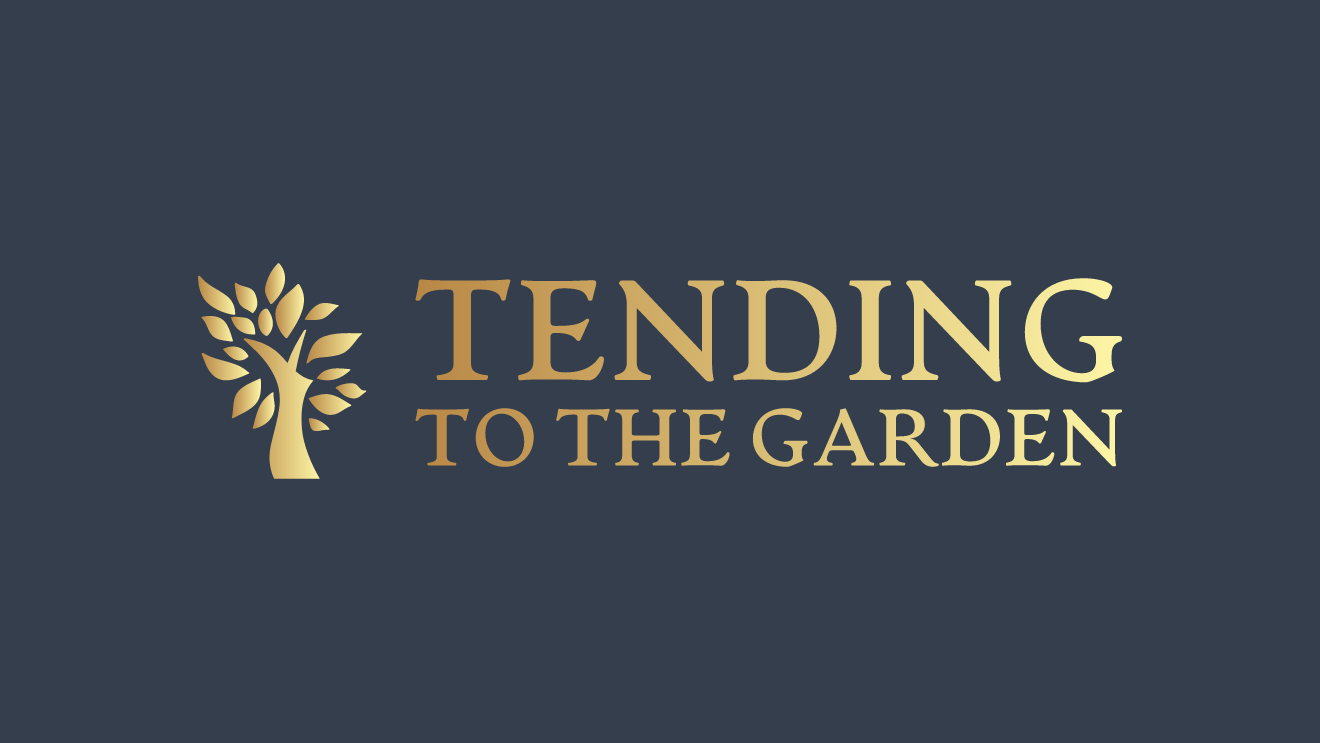When I graduated from Old Dominion University with my Masters degree in Oceanography, I had a very difficult time finding work. Eventually I decided to go down a side trail for a few years and entered the world of environmental consulting. I worked on some major projects in RI and MA focused on assessing and remediating contaminated sites. And I was good at it.
But consulting was more about helping people do the minimum amount to protect the environment and not about saving it. I really wanted to go into academia, but in order to do that I thought I would need a PhD. I went back to my alma mater, Eastern Nazarene College, and met with Dr. Lowell Hall, who had been my chemistry professor years before. Together, we put together a plan for a new environmental science major, with me teaching an introductory course and a capstone course. So I worked part time at the college, and the rest of the time at an environmental consulting firm. This lasted until 2001, when the program was cut in some cost saving measures.
I then took another bunny trail and decided to teach middle school, which I did for four years in Franklin, MA. This was a formative time for me for a number of reasons, but one of those was my introduction to vernal pools. Vernal pools are temporary ponds that form in the fall and winter and then dry up by the summer time. Because the pools dry up, fish can’t live there, so the pools are used as a breeding ground by several species of frogs and salamanders – amphibians! With a zest I began studying these pools, often with the assistance of my friend Alexandra Echandi who worked for the MA Department of Conservation and Recreation. It was so exciting to take students out to these vernal pools to observe the Big Night migrations of spotted salamanders and wood frogs. It was the study of these pools that got me thinking about herpetology once again.
There was another factor that led to me to studying reptiles and amphibians again, and that was the development of the college’s Animal Caretakers Team (ACT). Many of our students were interested in working with animals, so I put this team of volunteers together to take care of a collection of snakes, lizards, frogs, salamanders, and tarantulas. The students learned how to care for these animals on a regular basis, while also having the opportunity to present these animals to our students and member of the surrounding communities.
One storyline I realized early on with ACT was the fear that people have of snakes and spiders, just like my mother did at the beginning of this saga. So I made it a personal mission to help people get over their fear of these animals. I found that once you get someone to touch or hold one that the fear generally melts away. I remember this one lady who was in her sixties and she said to me at the beginning of a program, “I’ve been afraid of snakes for over 60 years. You’ll never get me to touch one of those things!” By the end of the program she was holding one of my favorite snakes, Orion, and did not want to let him go. I also remember one of my colleagues and the college president vowed they would never hold a snake, but when we raised enough money at a fundraiser, they both took an end of one of our snakes, Izzy the corn snake, and held him despite their fear.
All of these things were formative to where I am today. But we’ll get to that in a moment…


Leave a comment